Latin America is stuck in the middle of Trump's China trade war
Published in Political News
RIO DE JANEIRO — Donald Trump is pulling his nation’s closest neighbors into the center of his trade war with China as he seeks to elbow the Asian giant out of a region the U.S. has long considered its own backyard.
The president last week dispatched Defense Secretary Pete Hegseth to Panama as part of his ongoing effort to reassert American dominance over the isthmus nation’s prized canal. On Monday, he hosted El Salvadoran leader Nayib Bukele, a close ally, in the White House, while Treasury Secretary Scott Bessent visited Buenos Aires and reiterated U.S. desires for Argentina to end its reliance on Chinese financing.
It’s a diplomatic blitz aimed at blunting China’s widening influence in Latin America, where it has become one of the principal providers of funding, a top trading partner, and an increasingly annoying thorn in Washington’s side.
“What we are trying to keep from happening is what has happened on the African continent,” Bessent said in a Bloomberg Television interview in Buenos Aires on Monday. “China has signed a number of these rapacious deals marked as aid, where they’ve taken mineral rights and added huge amounts of debt onto these countries’ balance sheets.”
“They’re guaranteeing that future generations are going to be poorer and without resources, and we don’t want that to happen any more than it already has in Latin America,” he added.
The intensifying battle between the world’s two largest economies has left governments from Mexico to Argentina grappling with the reality that their days of doing big business with Beijing without serious blowback from Washington are numbered, a shift that is threatening to force them to pick a side.
“It’s likely going to be a bumpier road going forward than it has been for the past two decades,” said Matias Spektor, an international relations professor at the Getulio Vargas Foundation in Sao Paulo.
China established a beachhead in the Americas early this century, gobbling up raw materials from resource-rich South America and pouring so much money back into the region that it supplanted the U.S. as the continent’s top trading partner. It also spread influence through the Belt and Road Initiative, its flagship economic development program that more than a dozen Latin American nations have signed on to.
It continued to make inroads despite Trump’s tough talk during his previous presidency, with Chinese companies taking on meg-projects like the metro in the Colombian capital of Bogota, and the now-completed Chancay port in Peru. Beijing also won hearts and minds by doling out aid and medical supplies when Latin America was being ravaged by Covid-19.
This time around, Trump has shown little interest in trying to match China’s economic engagement. He has instead railed about apparent economic dangers of Chinese-made vehicles in Mexico and its operations in the Panama Canal, even threatening to “take back” the waterway the U.S. constructed more than a century ago.
He has taken steps since returning to office that could put China’s footprint at risk. The U.S. announced “secondary tariffs” on countries that purchase oil from Venezuela — the biggest buyer of which is China. And a BlackRock-led group of investors said last month it would buy ports at both ends of the Panama Canal controlled by CK Hutchison, a Hong Kong conglomerate.
But it’s a risky strategy in a region where China is still leaning on a friendlier approach. Chinese leader Xi Jinping painted his nation as a champion of economic globalization during summits in Peru and Brazil last year. And while Beijing has sought to delay the port sales in Panama, it is unlikely to try to browbeat its neighbors, said Michael Hirson, head of China analysis at 22V Research in New York.
“China will respond with carrots,” said Hirson, who served as the Treasury Department’s top representative to China under President Barack Obama. “They’ve been skillful at managing the political shifts here, even as Brazil and Argentina have swung between left and right.”
Washington, by contrast, appears to be wielding only sticks. Bessent said that he expects Argentina to pay off its $18 billion swap line with China, but said there are currently no talks for any credit line from the U.S. Treasury.
The U.S. provided about $2.5 billion in foreign assistance to Latin American nations in fiscal year 2024, according to government data. But the future of such aid is unclear due to Trump’s efforts to dismantle the United States Agency for International Development, a move that risks hindering U.S. efforts in Latin America and elsewhere.
“The U.S. won’t be operating with the full set of tools that would be necessary to really compete,” Hirson said.
The success of Trump’s pressure campaign will likely rest on how much each country depends on U.S. economic might, and could result in a split between those closest to its borders and those farther south, said Christopher Garman, a managing director at the political risk consultancy Eurasia Group.
Mexico, Central America and to a lesser extent Colombia — Washington’s closest South American ally — are “married to the U.S. economy. They got nine kids, there’s no divorce,” Garman said.
South America’s largest nations, however, will likely prove more difficult to sway. Trade between Brazil and China has grown steadily under both current leftist President Luiz Inacio Lula da Silva and his right-wing predecessor, Jair Bolsonaro, who never followed through on pledges to break with past governments’ policy of being “friendly with communist regimes.”
The flows totaled some $158 billion last year, nearly double the amount with the U.S. And in the wake of Trump’s tariff announcements, China immediately began ramping up its purchases of Brazilian soybeans last week.
Argentina President Javier Milei, who has positioned himself as the continent’s most Trump-friendly leader, has also adopted a more congenial tone toward China since taking office. Milei, who had called China an “assassin” on the campaign trail, labeled it a “great trade partner” and pledged to “deepen the commercial relationship” between the two nations in a January interview.
The libertarian has sought to strengthen ties with the U.S. and Trump, even pitching a free trade deal between the two nations. But China is currently Argentina’s second-largest trading partner behind only neighboring Brazil, and Milei’s pragmatism is likely a reflection of his realization that he can’t turn his back on Beijing entirely.
“Milei seeking a free trade agreement with a country turning more protectionist is like banging your head against the wall,” said Jimena Zuniga, Latin America Geoeconomics analyst at Bloomberg Economics. “He knows he needs to hedge.”
_____
(With assistance from Gabriel Diniz Tavares.)
_____
©2025 Bloomberg L.P. Visit bloomberg.com. Distributed by Tribune Content Agency, LLC.
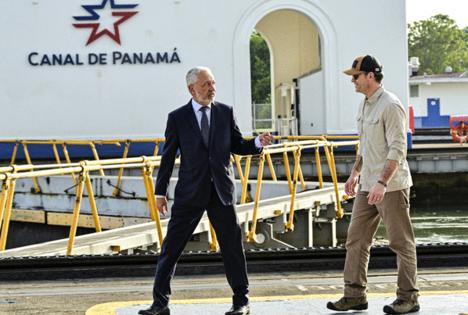


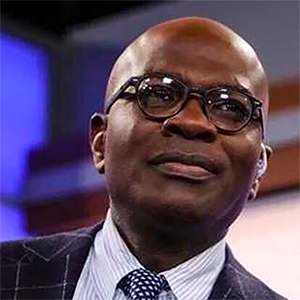



















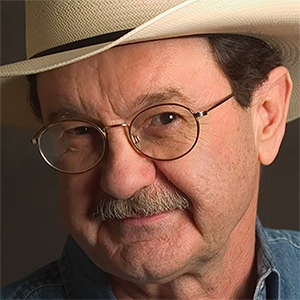

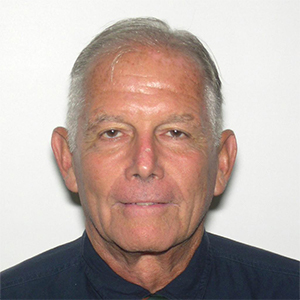

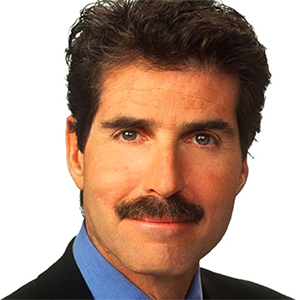
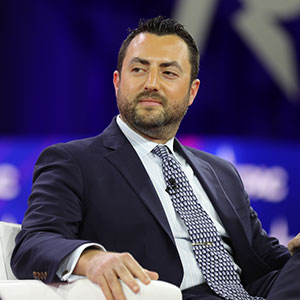
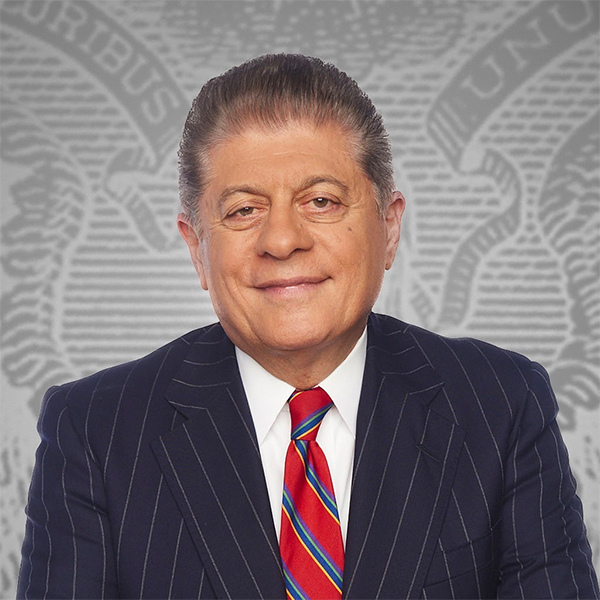



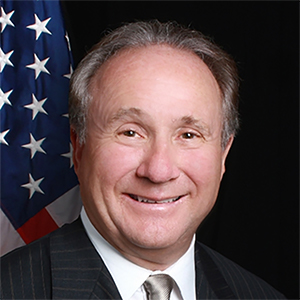

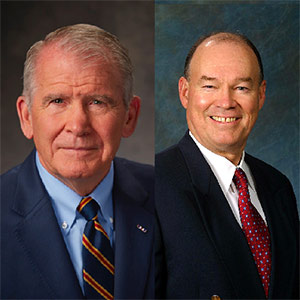



















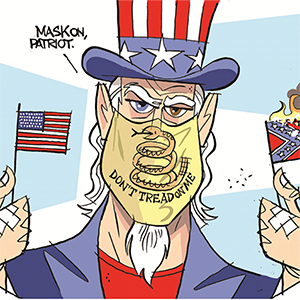
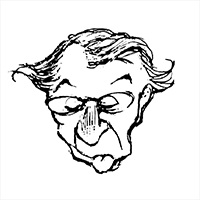

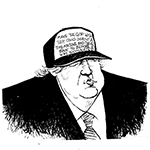

Comments